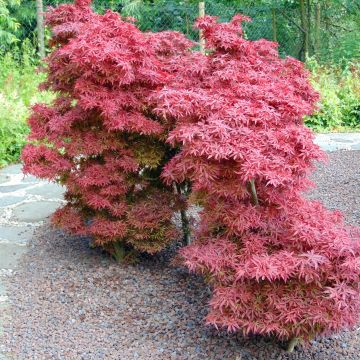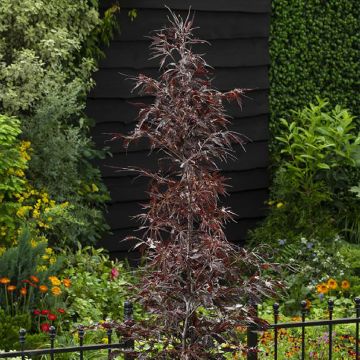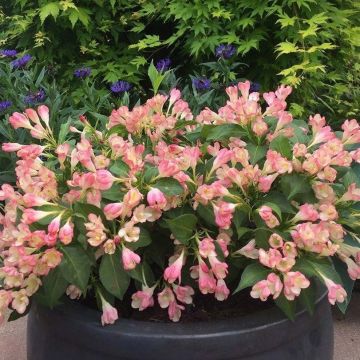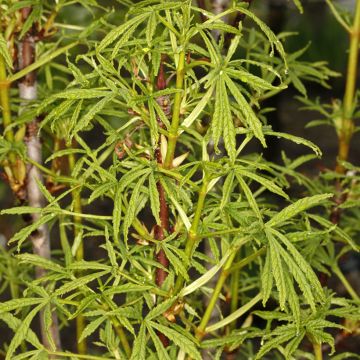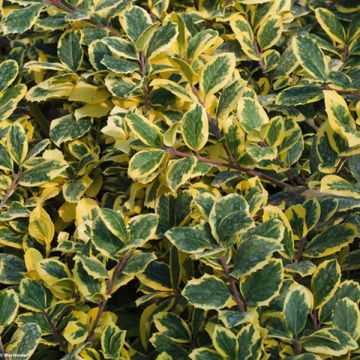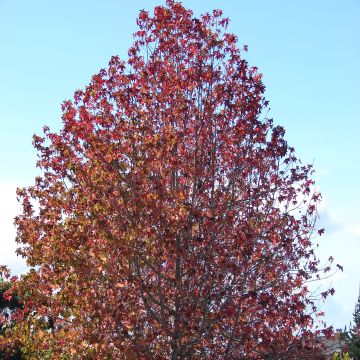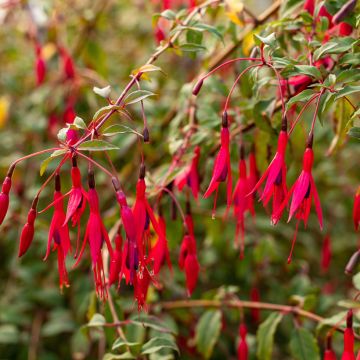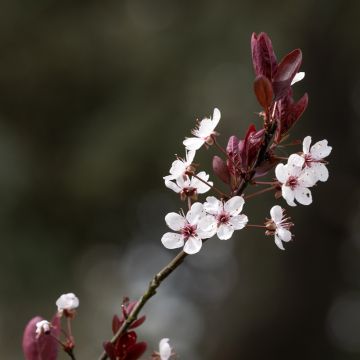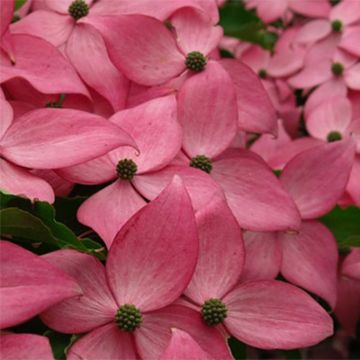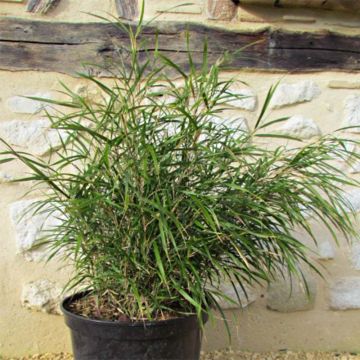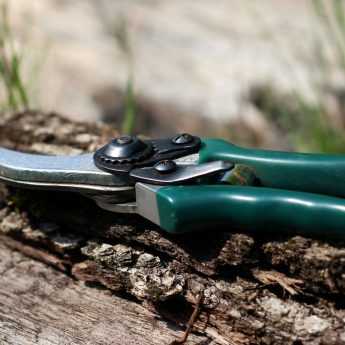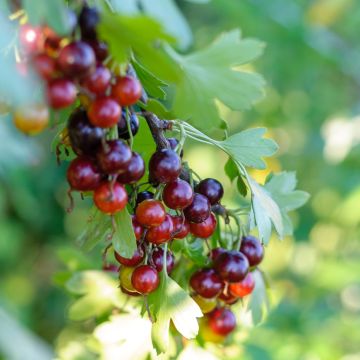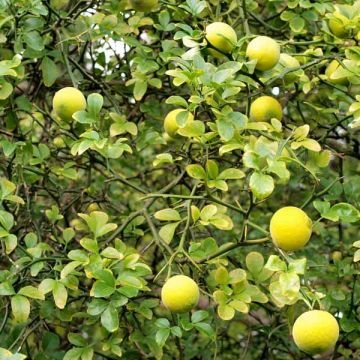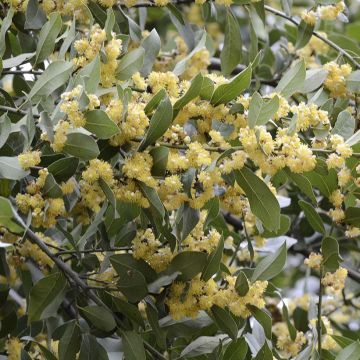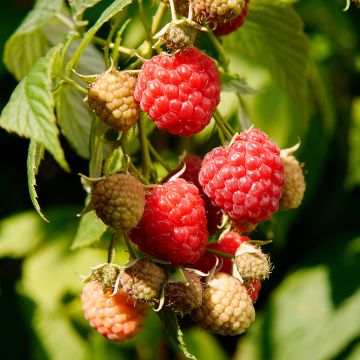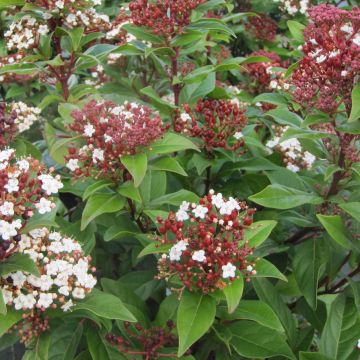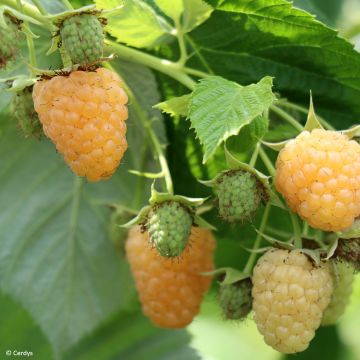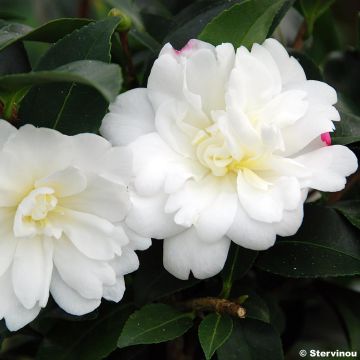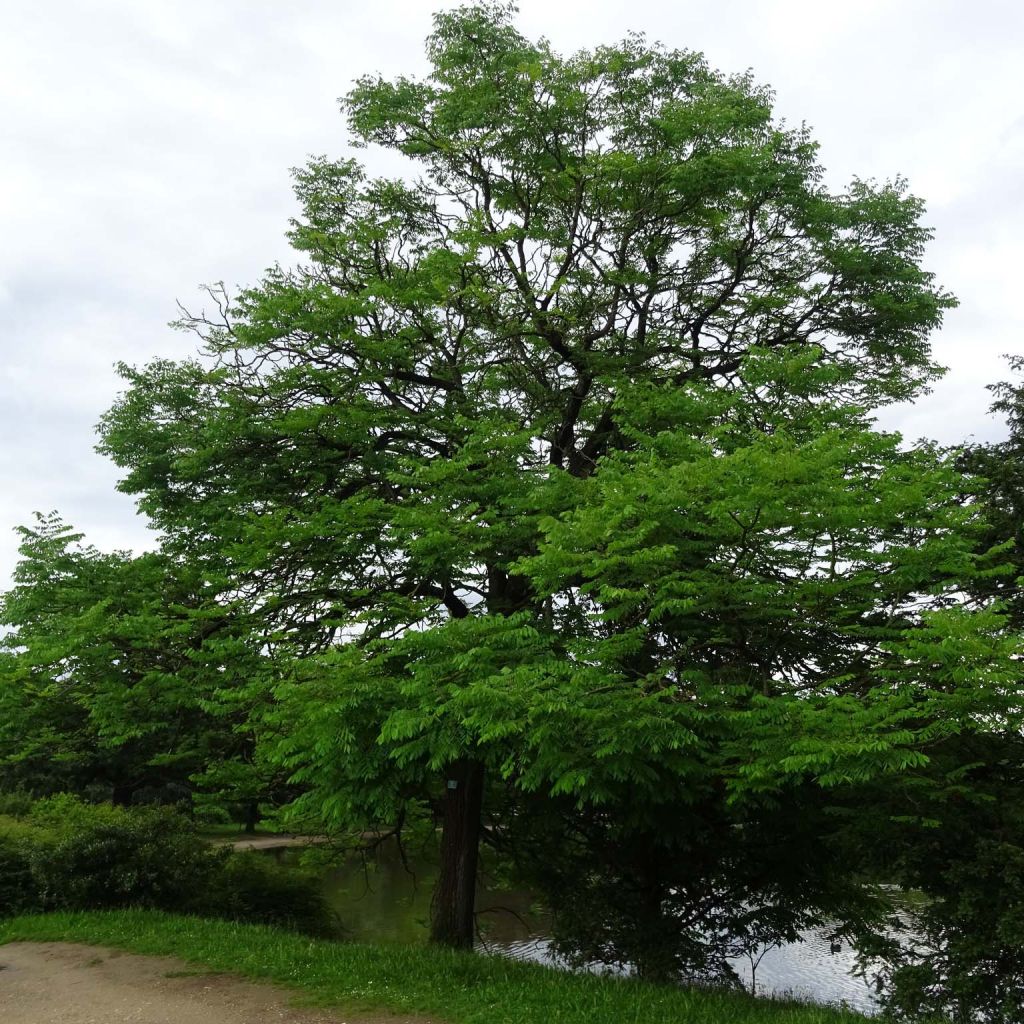

Gymnocladus dioica
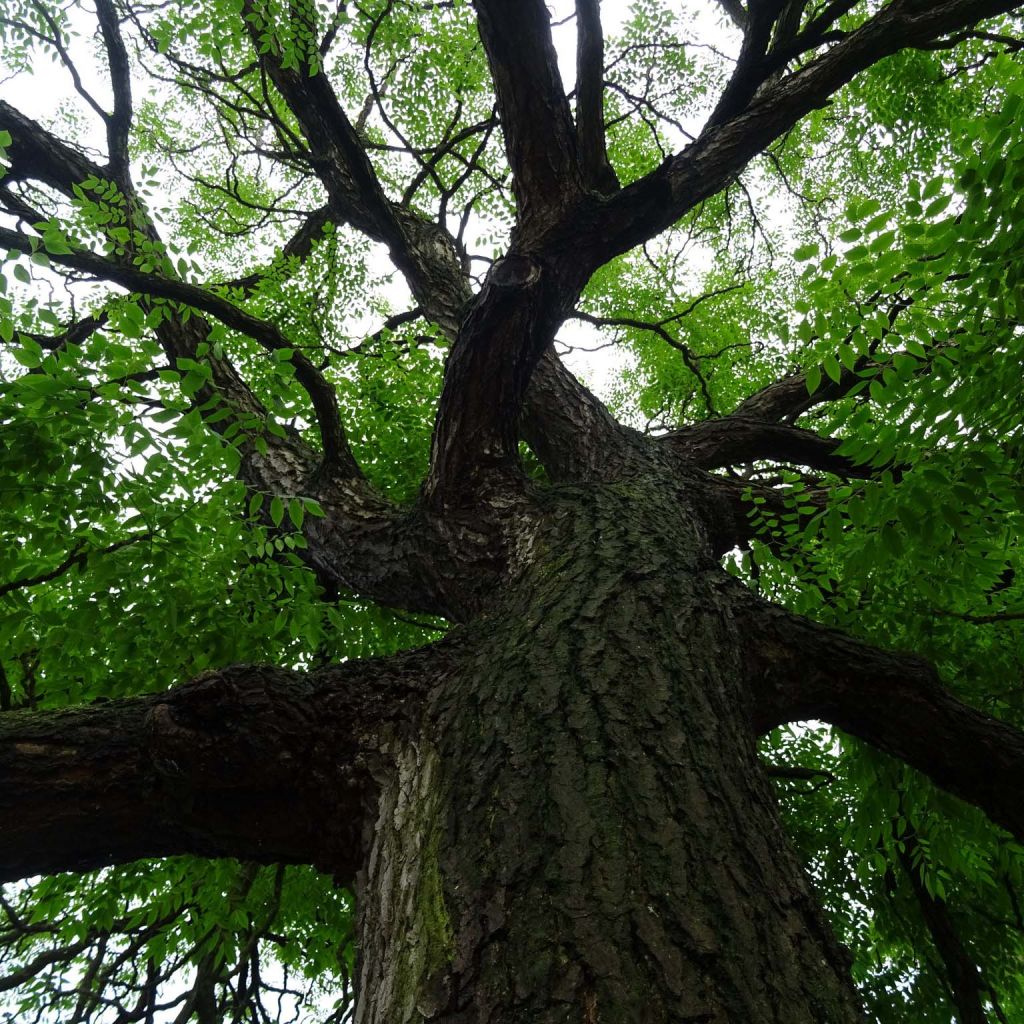

Gymnocladus dioica
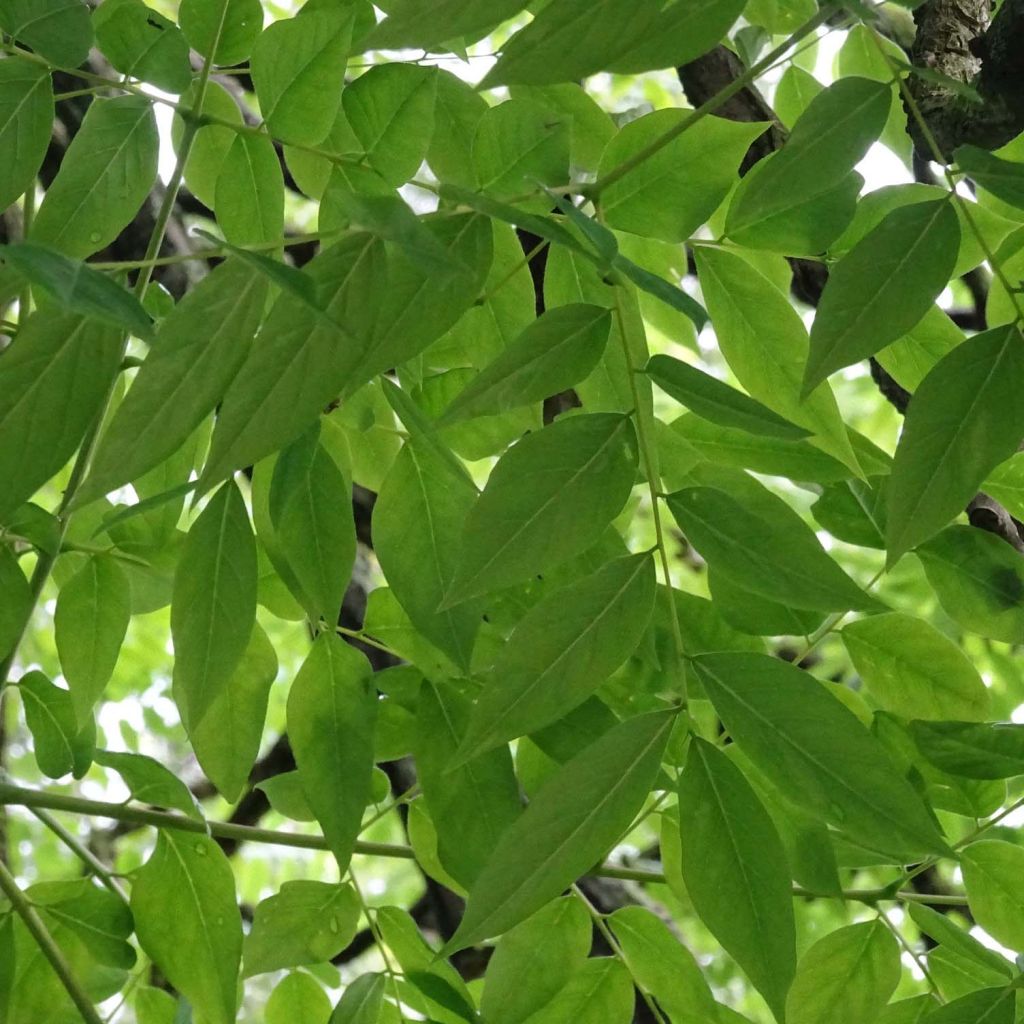

Gymnocladus dioica
Gymnocladus dioica
Gymnocladus dioica
Kentucky Coffeetree, American Coffeetree, Coffeetree
This item cannot be shipped to the selected country
Delivery charge from €6.90
Oversize package delivery charge from €6.90
Delivery charge from €6.90
More information
Delivery charge from €6.90
Oversize package delivery charge from €6.90
Delivery charge from €6.90
More information
Schedule delivery date,
and select date in basket
This plant carries a 24 months recovery warranty
More information
We guarantee the quality of our plants for a full growing cycle, and will replace at our expense any plant that fails to recover under normal climatic and planting conditions.
From €7.90 for pickup delivery and €6.90 for home delivery
Express home delivery from €8.90.
Oversize package: home delivery by special carrier from €6.90 per order..
Express home delivery from €8.90.
From €7.90 for pickup delivery and €6.90 for home delivery
Express home delivery from €8.90.

Does this plant fit my garden?
Set up your Plantfit profile →
Description
Gymnocladus dioica is a tree native to North America, particularly Canada where it is commonly called Chicot or Bonduc. Still little known and planted in our gardens, it is nevertheless very interesting for its foliage with changing colours which gives it a beautiful exotic appearance. Its young leaves, which emerge late in spring, are pink and turn green in summer, at the same time as fragrant clusters of flowers appear. They turn golden yellow before falling very early in autumn, so it has a singular silhouette of a dead tree for much of the year. Extremely hardy, it is an excellent light shade tree for a large garden. It can be grown in a small garden with regular pruning.
Gymnocladus dioica (syn. Guilandina dioicus or Gymnocladus canadensis) belongs to the Fabaceae family and the subfamily Caesalpinioideae. It is sometimes called the boneset tree, and in English it is called the Kentucky coffee tree, because its seeds were once roasted and used as a coffee substitute. It is found in southern Ontario, Canada, and in Kentucky where it was discovered by Europeans, as well as in a large part of the eastern United States. It is highly appreciated and often planted as a shade tree in North America. The Kentucky coffee tree grows in floodplains and near watercourses, but it can also be found on rocky slopes and in forests on limestone soil. In fact, this tree could be an indicator of limestone soils.
It is a tree of medium to large size, with slow growth in its early years. Its habit is rather spreading, forming an oval to rounded, irregular, semi-open crown. At maturity, it will reach about 18 metres (59ft) in height and 15 metres (49ft) in width if not regularly pruned. Its trunk, which can be multiple or single, is covered with a dark grey, rough, channelled and scaly bark, which is quite decorative, and its young branches are grey. The deciduous foliage is composed of doubly pinnate leaves, with 3 to 8 pairs of pinnae, each composed of 6 to 14 ovate leaflets. These immense leaves reach 80cm (31.5in) to 1m (3 in 4ft) in length and 50 to 60cm (19.7 - 23.6in) in width. Bud-break is late, with the young leaves not emerging until May-June, tinted with reddish-copper. They generally fall off at the beginning of October. Gymnocladus dioica has both male and female individuals. The flowering occurs in June, in the form of clusters of honey-scented and fragrant papilionaceous flowers. The female flowers are grouped in clusters 20 to 30cm (7.9 - 11.8in) long, with 5 reddish sepals and 4 to 5 cream-coloured petals. The male flowers, on the other hand, are gathered in clusters 8 to 12cm (3.1 - 4.7in) long. The fruit is a large, hard, oblong pod that turns dark brown when ripe and opens into two valves. Each pod, which can reach 20 to 25cm (7.9 - 9.8in) in length, contains several seeds surrounded by sweet pulp. To be consumed, these seeds must be roasted beforehand. Its roots are both deep, in the form of taproots, and spreading: this Gymnocladus should be kept away from buildings and ducts.
This Kentucky coffee tree is naturally well adapted to large gardens, where it will provide very pleasant shade. It tolerates urban pollution and is particularly suitable for limestone and fresh soils, as well as loamy or sandy soils. It is found as an ornamental tree in parks and along certain avenues. You can place it against a backdrop of evergreen shrubs or conifers (cypresses, thuja, yew, junipers). It can also be associated, in a flowered grove and in very fresh soil, with the Toona sinensis 'Flamingo' or the Robinia pseudoacacia 'Frisia' or Gleditsia triacanthos 'Rubylace'.
Gymnocladus dioica in pictures
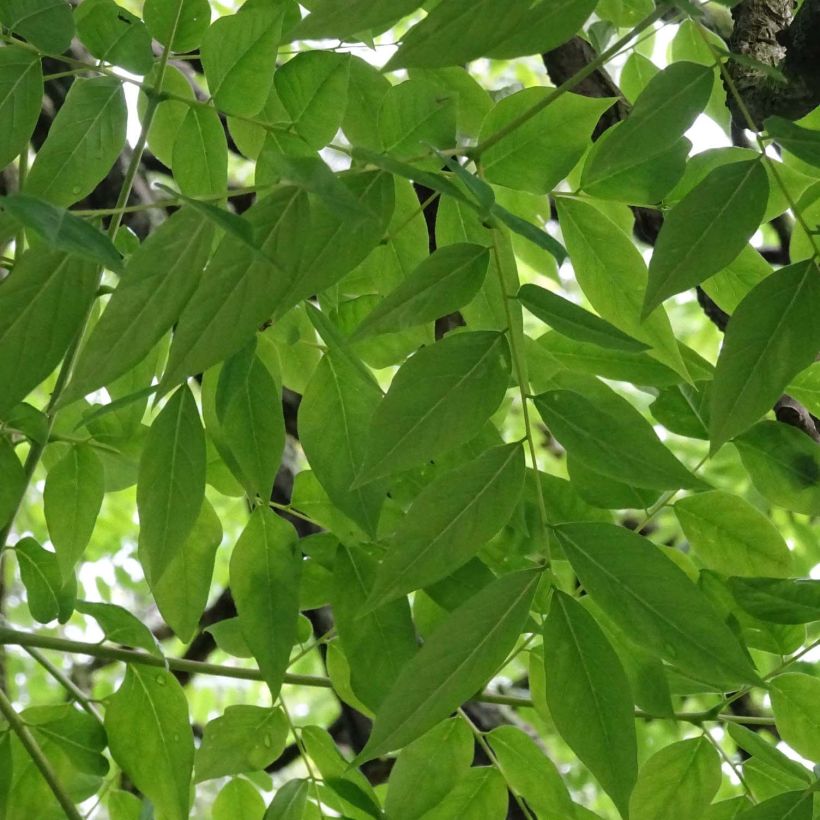

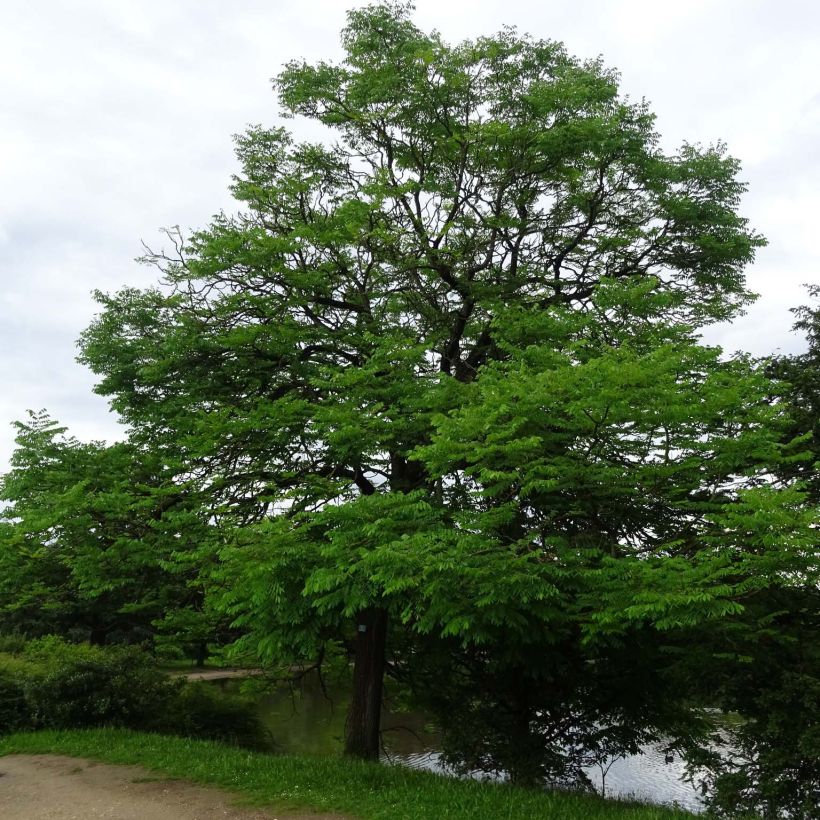

Plant habit
Flowering
Foliage
Botanical data
Gymnocladus
dioica
Fabaceae (Caesalpiniaceae)
Kentucky Coffeetree, American Coffeetree, Coffeetree
North America
Other Shrubs A to Z
View all →Planting and care
Gymnocladus dioica thrives in the sun. It should be planted in spring or autumn. The soil it prefers is preferably limestone, deep, moist and fertile, sandy or loamy. This tree can withstand short periods of flooding but is sensitive to drought. Its resistance to atmospheric pollution is excellent, making it valuable in urban areas. From August to October, prune dead or weak wood to prevent sap flow. Also remove branches that cross within the branches to maintain the proper habit of the Kentucky Coffee Tree. There are no specific parasites or diseases to report.
Planting period
Intended location
Care
Planting & care advice
-
, onOrder confirmed
Reply from on Promesse de fleurs
Hedge shrubs
Haven't found what you were looking for?
Hardiness is the lowest winter temperature a plant can endure without suffering serious damage or even dying. However, hardiness is affected by location (a sheltered area, such as a patio), protection (winter cover) and soil type (hardiness is improved by well-drained soil).

Photo Sharing Terms & Conditions
In order to encourage gardeners to interact and share their experiences, Promesse de fleurs offers various media enabling content to be uploaded onto its Site - in particular via the ‘Photo sharing’ module.
The User agrees to refrain from:
- Posting any content that is illegal, prejudicial, insulting, racist, inciteful to hatred, revisionist, contrary to public decency, that infringes on privacy or on the privacy rights of third parties, in particular the publicity rights of persons and goods, intellectual property rights, or the right to privacy.
- Submitting content on behalf of a third party;
- Impersonate the identity of a third party and/or publish any personal information about a third party;
In general, the User undertakes to refrain from any unethical behaviour.
All Content (in particular text, comments, files, images, photos, videos, creative works, etc.), which may be subject to property or intellectual property rights, image or other private rights, shall remain the property of the User, subject to the limited rights granted by the terms of the licence granted by Promesse de fleurs as stated below. Users are at liberty to publish or not to publish such Content on the Site, notably via the ‘Photo Sharing’ facility, and accept that this Content shall be made public and freely accessible, notably on the Internet.
Users further acknowledge, undertake to have ,and guarantee that they hold all necessary rights and permissions to publish such material on the Site, in particular with regard to the legislation in force pertaining to any privacy, property, intellectual property, image, or contractual rights, or rights of any other nature. By publishing such Content on the Site, Users acknowledge accepting full liability as publishers of the Content within the meaning of the law, and grant Promesse de fleurs, free of charge, an inclusive, worldwide licence for the said Content for the entire duration of its publication, including all reproduction, representation, up/downloading, displaying, performing, transmission, and storage rights.
Users also grant permission for their name to be linked to the Content and accept that this link may not always be made available.
By engaging in posting material, Users consent to their Content becoming automatically accessible on the Internet, in particular on other sites and/or blogs and/or web pages of the Promesse de fleurs site, including in particular social pages and the Promesse de fleurs catalogue.
Users may secure the removal of entrusted content free of charge by issuing a simple request via our contact form.

































